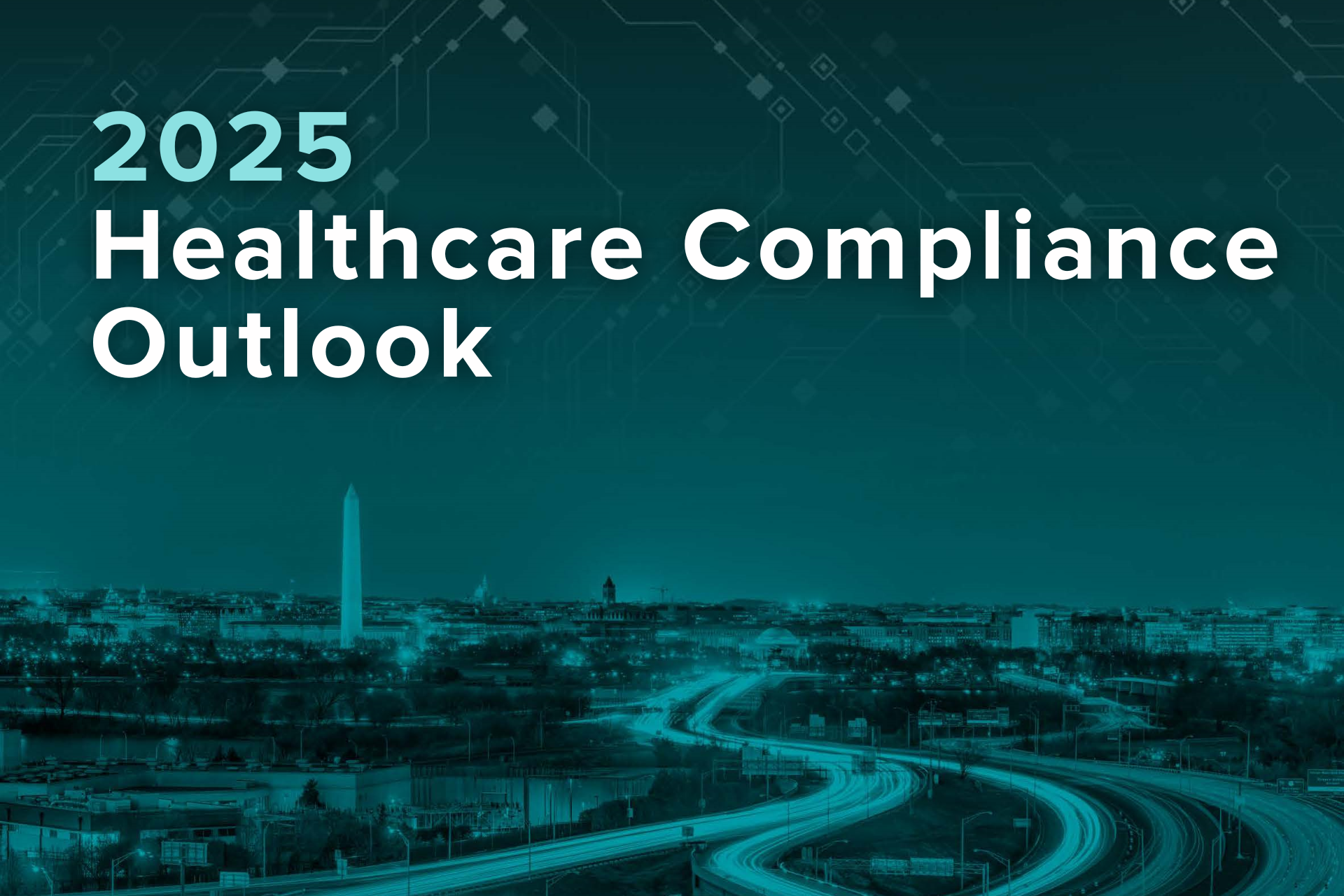U.S. Healthcare, Life Science Industries Face Rising Compliance Pressures, Barnes & Thornburg’s 2025 Healthcare Compliance Outlook Shows

Barnes & Thornburg announced today the release of the firm’s inaugural 2025 Healthcare Compliance Outlook, which draws on insights from more than 120 U.S.-based healthcare and life sciences organizations to explore the evolving compliance challenges facing the industry.
The majority of healthcare and life sciences professionals surveyed feel stretched thin as they navigate complex regulations and newer risks, including mounting cyberattacks, the rapid adoption of artificial intelligence (AI), and increased scrutiny of healthcare mergers and acquisitions. The research also identifies missed opportunities that could increase organizations’ exposure to risk and provides strategic guidance to help industry decision-makers strengthen compliance measures in an increasingly sophisticated landscape.
“Healthcare compliance professionals are dealing with expanding areas of risk, even as many report resource constraints that could limit their ability to meet challenges,” said John E. Kelly, partner and chair of Barnes & Thornburg’s Healthcare Department and Healthcare Industry practice. “These pressures underscore the need for organizations to adopt a robust compliance strategy to stay ahead of the curve.”
Brian J. McGinnis, partner and co-chair of the firm’s Data Security and Privacy practice, said, “The rapid expansion of AI and digital health offers ample opportunities to enhance patient care and access. But organizations must establish guardrails to protect against associated risks, including cybersecurity and data threats, and ensure secure and ethical use of this powerful technology.”
Some of this year’s key findings include:
- Only 31 percent of healthcare compliance and risk leaders feel “very prepared” to meet future compliance and risk challenges; less than half (42 percent) are very confident about maintaining high quality of care in light of compliance and risk issues
- More than half (53 percent) report resource constraints in program areas like budget, staffing and technology; 56 percent expect to face more resource limitations in the next year
- More than half (54 percent) of organizations are already seeking private equity backing or considering it
- Nearly 3/4 of respondents are using or considering using AI – both generative and predictive – in their internal legal compliance functions; data analysis, risk assessments and administrative tasks are the most popular applications
- Six in 10 of those respondents say that AI integration and development will add more than 10 percent to their budget in the coming year
- 58 percent of all respondents say developing a governance structure for AI compliance is difficult
Barnes & Thornburg surveyed 120 compliance, risk and legal leaders across U.S.-based healthcare and life sciences organizations, including hospital systems, physician’s practices, pharmaceutical, biotech and medical device manufacturers. Respondents included CEOs, chief compliance officers, chief risk officers and in-house counsel, all who either lead or support compliance and risk matters within their organizations. Organizations ranged in size from entities with less than $1 million in annual revenue to those generating $1 billion to more than $10 billion each year.
To learn more, download the 2025 Healthcare Compliance Outlook.
With more than 800 attorneys and other legal professionals, Barnes & Thornburg is one of the largest law firms in the country. The firm serves clients worldwide from offices in Atlanta, Boston, California, Chicago, Delaware, Indiana, Michigan, Minneapolis, Nashville, New Jersey, New York, Ohio, Philadelphia, Raleigh, Salt Lake City, South Florida, Texas, and Washington, D.C. For more information, visit www.btlaw.com.
link




